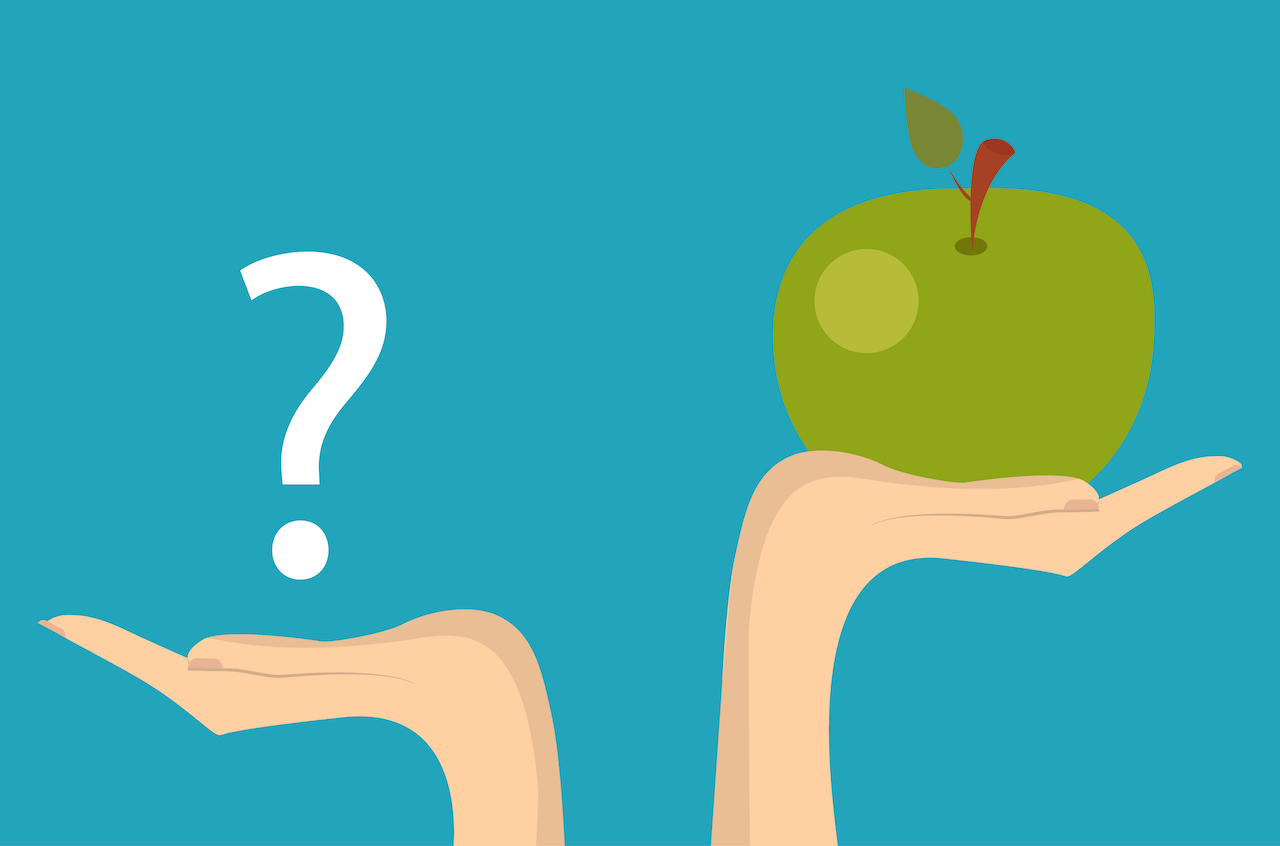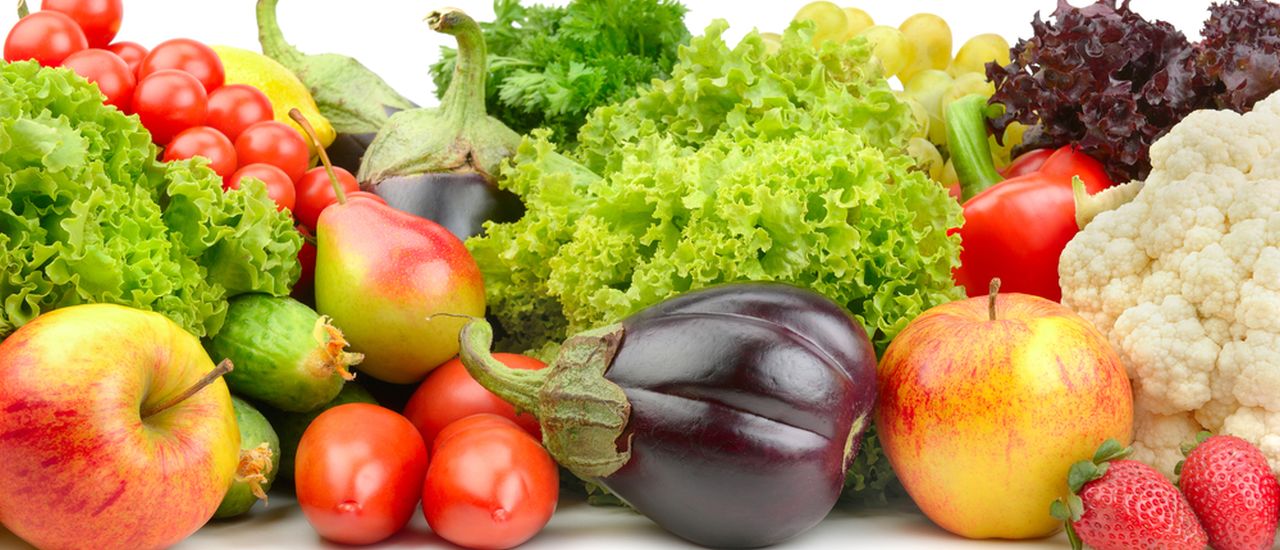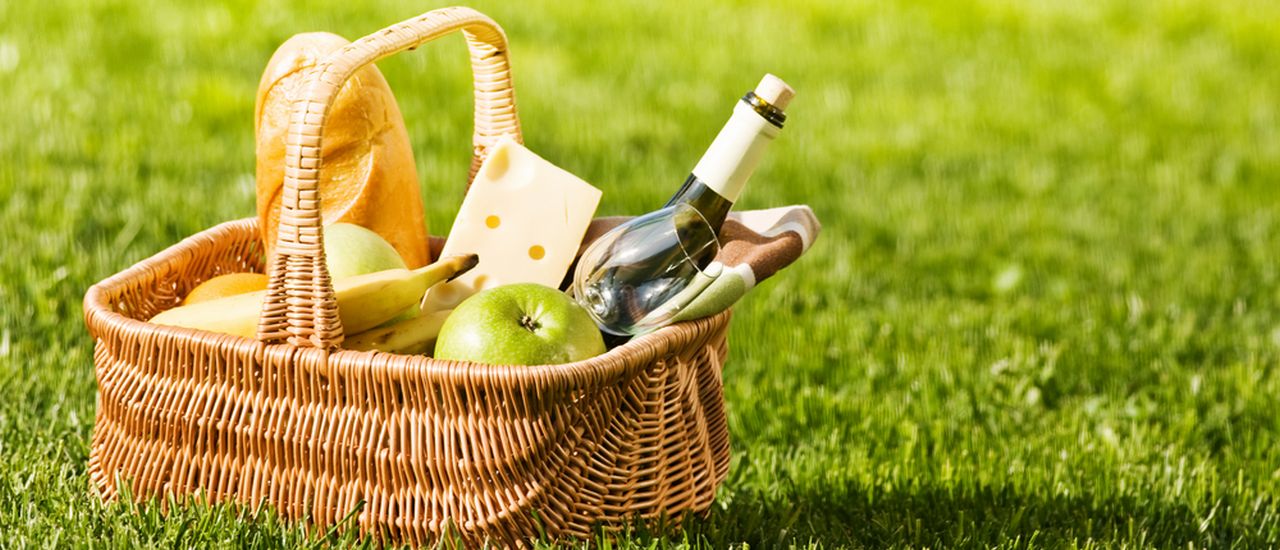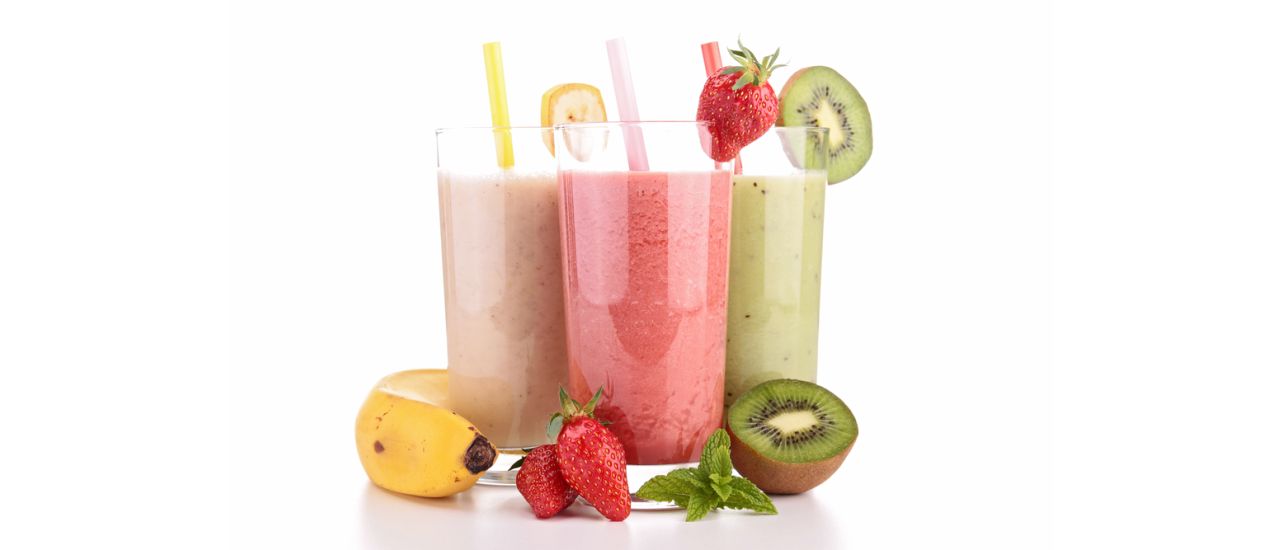An apple is the super ingredient you never knew you needed in your dishes. Let’s look at some nutritious, tasty apple-inspired recipes.
Smoky apple, sage and chickpea veggie burgers
Chickpea is a popular vegetable in the vegan community. Why? Because it can transform an otherwise light meal into one that is hearty and wholesome. Throw in some vitamin-boosting apple and you’re in for a treat. Here is a must-try burger to dazzle your supper time.
Ingredients
- 1 3/4 cups cooked chickpeas, drained and rinsed.
- 1 cup of breadcrumbs.
- ¼ cup chickpea flour.
- 1 small onion, quartered.
- 2 garlic cloves, minced.
- 3 tbsps soy sauce.
- 2 tbsps apple cider vinegar.
- 1 tbsp smoked paprika.
- 2 tsps rubbed sage.
- 1 tsp dried thyme.
- 1 tsp black pepper.
- 1 medium apple, peeled and shredded (choose a sweet variety like Gala).
- 1 tbsp olive oil.
For serving:
- 6 wholewheat burger rolls, bagels or English muffins, sliced open.
- Sauce of your choice.
- Fresh greens (lettuce/ baby spinach).
Method
- Place the chickpeas, breadcrumbs, chickpea flour, onion, garlic, soy sauce, cider vinegar, smoked paprika, rubbed sage, thyme, and black pepper into a food processor.
- Pulse until ingredients are well-mixed. Add shredded apple and pulse again just until mixed.
- Transfer the mixture to a sealed container and chill for an hour or overnight.
- Preheat the oven to 400°C and line a baking sheet with baking paper. Shape the chickpea mixture into 6 patties. Brush the tops and bottoms with olive oil.
- Bake for 30 minutes, flipping about halfway through.
- Place into rolls, or English muffins and serve with toppings of your choice.
Broccoli apple salad
Apples and broccoli on one plate may sound strange, but together they make a mean, green healthy and nutritious salad machine!
Ingredients
- 4 cups of small diced broccoli florets.
- 2 small gala apples, cored and diced.
- 1 cup walnuts.
- 1 cup matchstick carrots, roughly chopped.
- ½ cup golden raisins or dried cranberries.
- ¼ cup chopped red onion.
Dressing
- 3/4 cup plain Greek yoghurt.
- 1/3 cup low fat mayonnaise.
- 1 1/2 tbsp apple cider vinegar.
- 3 tbsps honey.
- Salt.
Method
For the dressing:
In a medium mixing bowl, whisk together Greek yoghurt, mayonnaise, vinegar, honey and season with salt to taste (about 1/4 tsp). Chill until ready to use.
For the salad:
In a salad bowl, toss together broccoli, apples, walnuts, carrots, raisins or cranberries and red onion. Pour in dressing and toss until evenly coated.








